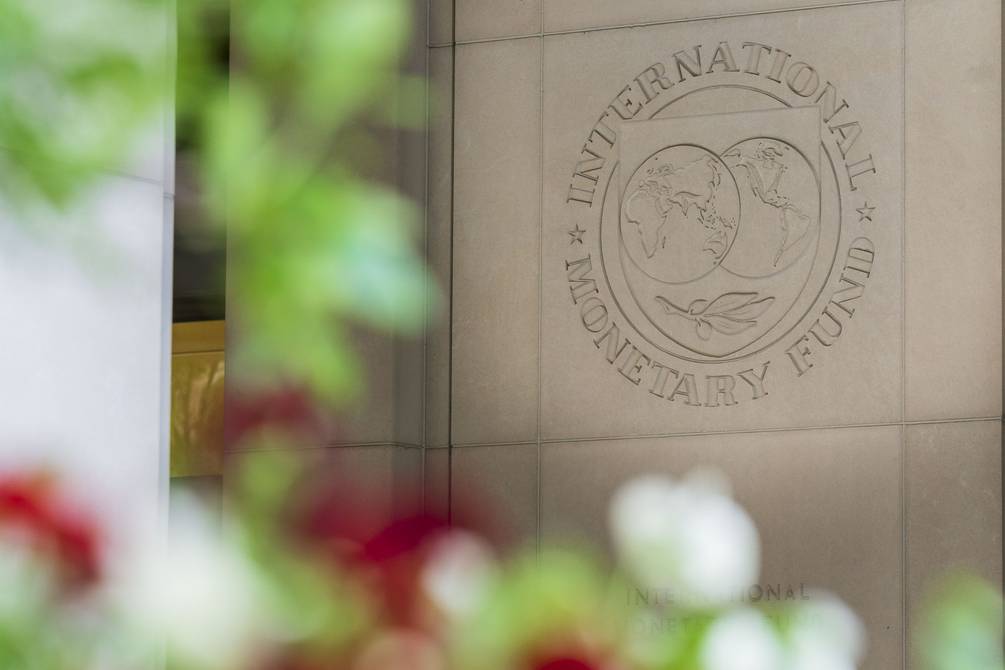It will be the highest since World War II.
France Press agency
As a result of this pandemic, global debt reached a record $226 trillion last year, equivalent to 256% of the planet’s gross domestic product, the International Monetary Fund (IMF) announced on Wednesday.
This brings the rise to 28% in one year, the highest since World War II.
“Lending assumed by governments accounted for just over half of this increase,” and reached a record high (99% of global GDP), while “private debt of non-financial businesses and families also reached new highs,” Vitor explained. Gaspar and Paolo detail Midas, in charge of budget affairs at the International Monetary Fund, and Roberto Pirelli, economist at the International Monetary Fund, in a blog post.
Government debt is responsible for 40% of this total debt in the world, “the highest portion since the mid-1960s,” the article’s authors detailed.
The accumulation of this public debt is a direct result of two major economic crises: the 2008 global financial crisis and the coronavirus pandemic.
Specialists highlighted that “the sharp increase in debt was justified in 2020 by the need to protect people’s lives, preserve jobs and avoid a wave of bankruptcy.” They concluded that “had governments not acted, the social and economic consequences would have been devastating.”
But they also note that this level of indebtedness amplifies vulnerabilities, in a context that is expected to be less favorable going forward, with interest rate increases in the context of strong inflation.
The fund adds, “High levels of indebtedness limit, in most cases, the ability of governments to sustain the recovery and the ability of the private sector to invest in the medium term.”
agreement with Argentina
Meanwhile, the International Monetary Fund last week made “progress” in the five-day meetings of the team of the financial institution with representatives of the Ministry of Economy and the Argentine Central Bank.
After concluding meetings on Friday, the team led by Deputy Director of the Western Hemisphere Division, Julie Cusack, and Argentina’s Chief of Mission, Luis Cupido, issued a statement noting progress toward a program. Supported by the International Monetary Fund.
They noted from the fund that “there was a general understanding of the need for a gradual and sustainable improvement of public finances, which simultaneously led to much-needed investments in infrastructure, technology and targeted social spending.”
During meetings held over the course of this week, recent economic events were analyzed and Argentina’s growth, inflation and balance of payments outlook discussed.
The positive note came from a stronger-than-expected rebound in economic activity and investment this year, according to the International Monetary Fund.
The International Monetary Fund has also asked the Argentine authorities to pursue policies aimed at accumulating international reserves, which include encouraging foreign direct investment and exports. (I)

“Beeraholic. Friend of animals everywhere. Evil web scholar. Zombie maven.”

:quality(85)/cloudfront-us-east-1.images.arcpublishing.com/infobae/RHOIDFCETNHXTHUBH7GZNO3WWI.jpg)
:quality(85)/cloudfront-us-east-1.images.arcpublishing.com/infobae/Y65NELVZONDSTJR2YGXD73Q5DM.jpg)




More Stories
Cryptocurrency Market: What is Bitcoin Worth?
BBVA proposes to merge by absorbing Banco Sabadell at an exchange of one new share for every 4.83
Chispazo: Numbers that gave luck to new winners